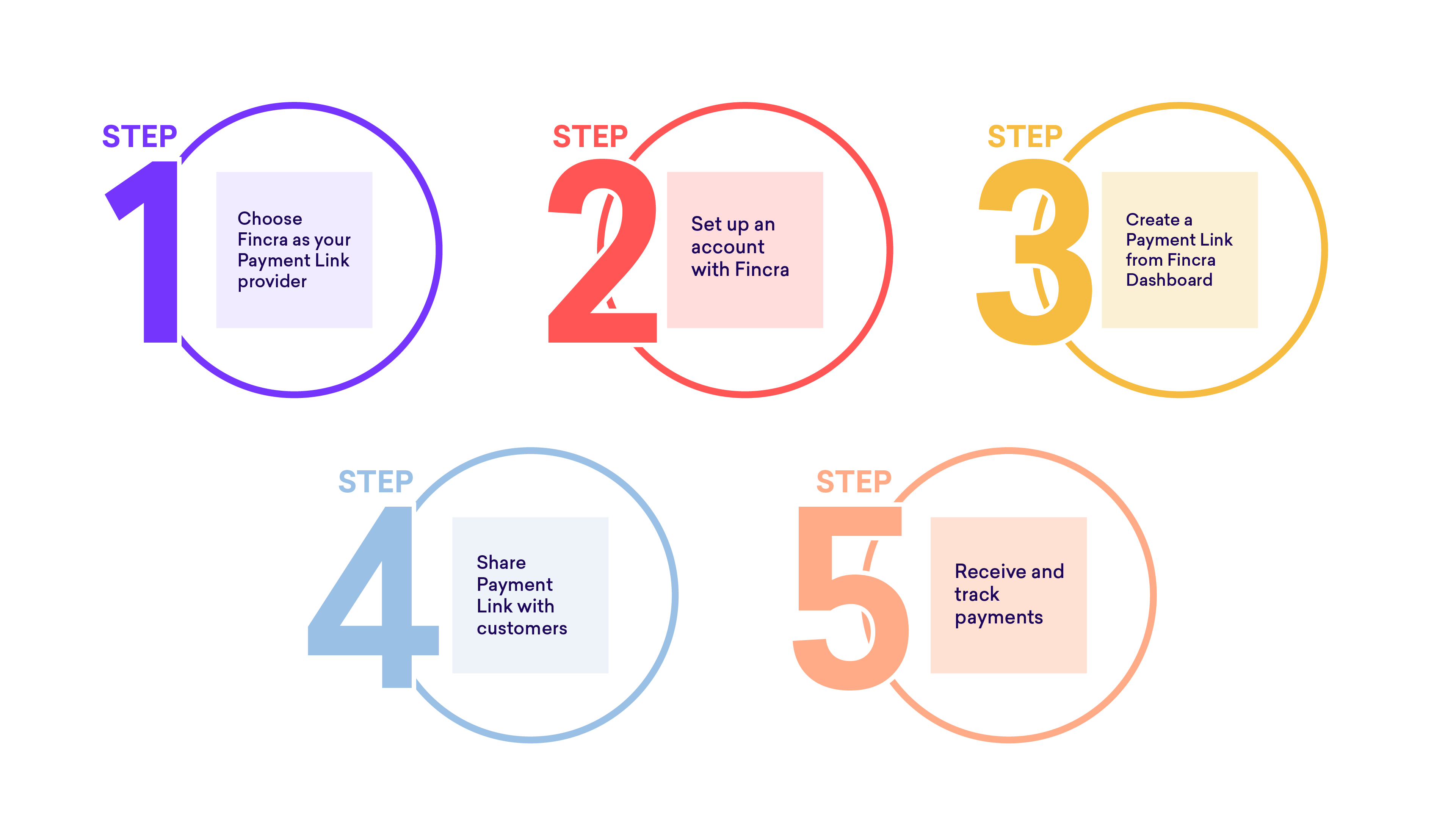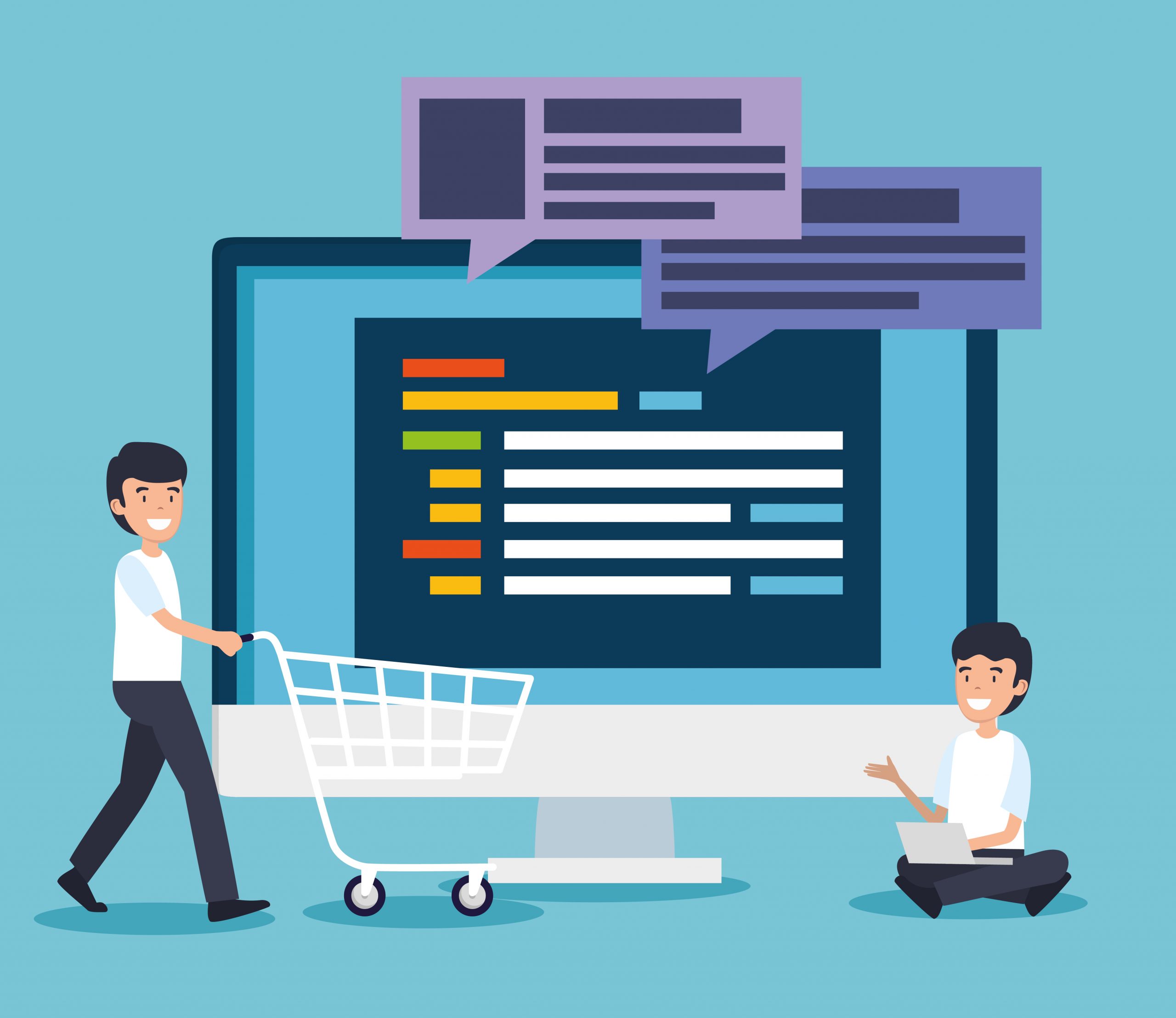Introduction
The concept of e-commerce, the practice of buying and selling online, has significantly evolved in the last few decades.
From the early stages of e-commerce, which coincided with the various iterations of the internet, there were primal forms of online transactions before it took off with the invention of the World Wide Web (WWW).
The WWW powered e-commerce into a widely adopted mode of doing business, enabling people to electronically transact and conclude business transactions. It was a remarkable game changer.
This traditional form of e-commerce involved primarily selling from a website and it has remained popular until this day.
A significant shift however has happened again, this time enabling businesses to sell on the internet without their website.
To achieve this, businesses are now selling on third-party e-commerce platforms, social media channels, chatbots, messaging platforms, and email.
This article delves into the pros and cons of this new iteration of e-commerce.
Pros of selling online without a website
The concept of selling online without a website is gaining momentum and almost outpacing the traditional form of e-commerce that involves selling from a dedicated website.
Let’s look at the pros
Low barriers to entry
There are low barriers with selling online without a website because it involves leveraging on existing infrastructure of other platforms-online marketplaces like Jumia, Shopify, Amazon and social media platforms.
This low barrier starts with the minimal cost of selling online without your website compared to selling from your website.
To sell from their websites, businesses would have had to deal with the cost of the technical expertise needed to build and manage a website.
By opting to sell through third-party platforms, businesses do not have to deal with these costs. This opportunity offers a low barrier of entry that small businesses have taken advantage of.
Legacy businesses who have not adopted digital technology because of lack of technical knowhow can also quickly sell online leveraging on the infrastructure of established platforms.
Wide reach
Third-party platforms like online marketplaces and social media platforms most times come with their own audiences, providing businesses an opportunity to reach numerous customers.
Amazon for example, is a popular marketplace that attracts numerous shoppers looking for products.
It’s like the physical market where shoppers go to buy products. The customers already have the intent of buying and being in the market as a business gives you an advantage. It’s exactly the same opportunity that online marketplaces offer.
Similarly, social media platforms, where users spend a significant amount of their digital time, present vast opportunities for businesses to connect with a broader audience. With over 4.95 billion users, social media platforms like Facebook, Twitter, Instagram etc offer extensive reach and visibility.
Moreover, these large platforms have massive resources to attract users way more than businesses can afford. This wide reach is a valuable asset for businesses that sell on those platforms.
For example, Amazon has sophisticated algorithms that optimise product listings for search visibility within the platform. This can result in higher organic traffic and improved discoverability for sellers, further enhancing sales opportunities.
Cons of selling online without your website
The new form of e-commerce has its cons.
Little to no branding and customisation
When selling online without their websites, businesses have little to no control over the branding of their platforms.
For example, online marketplaces like Amazon or eBay do not afford businesses who list their products on their platform the influence over the designs of their storefronts.
Online marketplaces give limited customisation control to business, limiting you to just using your logos and brand names. The other more detailed forms of customisation are not included.
Social media affords more flexibility. For example, businesses can influence their branding on a social media platform like Instagram with their content (photos, reels and Stories). However, the Instagram branding overwhelms the whole experience. Because, why not; it’s their platform.
No ownership/control
Selling online without a website mostly limits businesses’ control over their customers. On online marketplaces for example, you must adhere to policies and guidelines or risk getting kicked out. When you lose access to these platforms, you lose access to customers or any audience you might have acquired.
The terms of service of online marketplaces can be so restrictive. It can affect businesses’ product listing, pricing, customer communication, messaging etc. Not following these terms of service can get businesses in trouble with these marketplaces.
It’s even worse on social media platforms where pages get deleted without warning, leaving business without their customers and audiences.
What this means for businesses who rely on social media platforms is that they can lose their entire customer base with a suspension.
Competitions
Competition is another huge challenge with selling online without a business website. Online marketplaces open their platforms to multiple businesses in the same product line, leaving all merchants to compete for customers’ attention.
In addition to the little to no branding opportunities and lack of control over pricing it’s a hard task for businesses to stand out and attract customers.
Similarly with social media platforms, businesses are competing with each other for the same users who are scrolling through their feeds. It’s difficult standing out amidst the noise on social media.
Website or no website
Having a website or not is not a matter of which is better, but rather about what aligns with your specific business needs.
Do you have the resources to build and manage a website? Managing a website involves maintaining the domain, paying renewals for hosting, design, updates and technical support.
Considering the control you get over your customisation, branding, pricing, customers etc, selling through a website is highly beneficial if you can afford the cost associated with it.
However for emerging businesses without these resources, selling online without a dedicated website is the best option. It would be more important for them to channel their limited resources elsewhere.
Conclusion

The internet has evolved so much that the perfect scenario would be for businesses to sell everywhere on the internet.
Regardless of size and industry, businesses can benefit from the control they can get from owning a dedicated website and the wide reach of other online marketplaces and social media platforms.
The good news is that with a payment link, you can receive payments anywhere on the internet. A payment link is a simple URL that directs customers to a specific webpage to make payments.
With a payment link, businesses do have to go through the technical hassle of integrating Checkout on their websites. The payment link is a straightforward process. A simple embed and then you are ready to start receiving payments.
Payment links are also perfect for businesses who do not own their own website, enabling them to quickly share the URL and receive payments anywhere on the internet.
Fincra has a Payment Link product for businesses to receive seamless payments from their customers.
Create an account with Fincra to enjoy all the benefits of a payment link.



